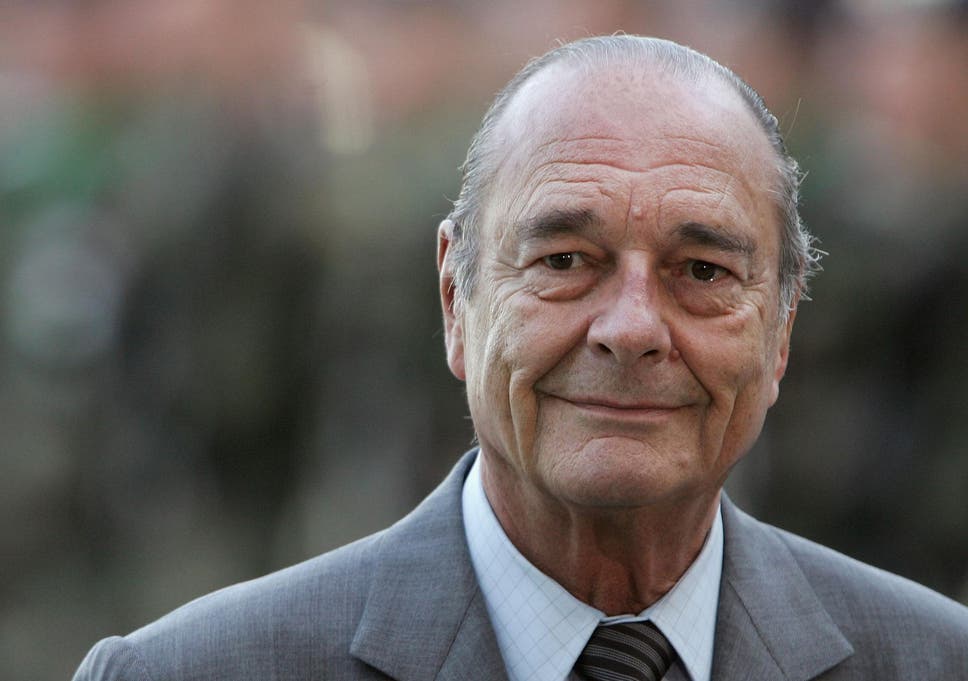Zakho Football Club (Zakho FC) is a sports club in Iraqi Kurdistan, which was founded in 1987. The sports club plays in the Iraqi Premier League, where only the top 16 Iraqi football clubs play. Zakho FC has its own stadium with a capacity of 20,000 seats. 0.6 -prezentaciya-yamalo-neneckogo-avtonomnogo-okruga.html 2017-11-23 0.6. Fanuc robotics simulation software downloads.
• Total 350,000+ UTC+3 • Summer () not observed Zakho (: Zaxo,; زاخۆ,: زاخو;: זאכו;: Զախո;: ܙܵܟ̣ܘ̇; ) is a city in, at the centre of the eponymous of the of, located a few kilometers from the. The city has a population of 350,000. It may have originally begun on a small island surrounded on all sides by the river, which flows through the modern city. The Khabur flows west from Zakho to form the border between Iraq and Turkey, continuing into the. The most important rivers in the area are the Zeriza, Seerkotik and the aforementioned.
In July 2010, Zakho became the seat of the, one of only eleven public universities in the region. Download bonobo the north borders zip free. Contents • • • • • • • • • • • • • • • Etymology [ ] The derivation of the name 'Zakho' is from the word zāḵū (זָכוּ, 'victory'), after the battle fought between the and the near the city, which resulted in a Roman victory. History [ ] The town of Zakho was known to the ancient Greeks. In 1844, the traveller commented: 'The appearance of Zakho in the present day coincides in a remarkable manner with what it was described to be in the time of Xenophon.' Was convinced that Zakho was same place as the ancient town of Hasaniyeh. She also reported that the first Christian missionary to the region, the Dominican friar Poldo Soldini, was buried there in 1779.
His grave was still a pilgrimage destination in the 1950s. Demographics [ ] Jews of Zakho [ ] Zakho was formerly known for its s and large, ancient Jewish community and was known as 'The Jerusalem of Assyria'. The banks of the nearby are mentioned in the Bible as one of the places to which the Israelites were exiled (1 Chronicles, 5:26, 2 Kings 17:6, 2 Kings 18:11). The Jews spoke the of their ancestors and were also fluent in kurmanji, the language spoken by non-Jewish Kurds.
Kurdish society was primarly a tribal one. Jews of Zalho bore arms like Kurdish Muslims. There were an attack on the Jews in 1891, when one of the synagogues was burnt down. The troubles intensified in 1892. Most of the Jews relocated to Israel in the 1950s.
While the Jews of Zakho were among the least literate in the Jewish diaspora, they had a unique and rich oral tradition, known for its legends, epics and ballads, whose heroes came from both Jewish and Muslim traditions. Assyrians of Zakho [ ] Assyrians have lived in Zakho since at least the 5th century, with some Assyrian bishops being mentioned from the fifth to the seventh century, which indicates its long history (Chabot, 'Synodicon orientale', 676). Additionally, The city was the center of a up until the middle of the nineteenth century, when it was divided into three dioceses: Amadia, Zakho,. The historic diocese of Zakho corresponded with the ancient Diocese of Malta, formerly a suffragan of, and it had many Chaldean Catholic villages and parishes in the mountains to the north of the city. However, the diocese was recently merged(or in religious terminology, suppressed) back into the in 2013 due to becoming vacant after the death of its Bishop in 2010. Prior to merging with, The diocese comprised 3500 Assyrian Catholics, ten resident priests, fifteen parishes or stations, twenty churches and chapels, and one primary school. In regards to the city of Zakho itself, there is a large Assyrian population.
The Assyrians of Zakho are primarily and have a large church which lies in the center of the city which once functioned as the Cathedral of the Diocese, in addition to a smaller Church as well. Armenians of Zakho [ ] The Armenians of Zakho established their community after the from 1915-1923, with the first church Armenian church in the city being established in 1923. Some of the Armenians of Zakho left in 1932 to found the village of Miri in the plains west of the city of. Recent history [ ] Zakho has served as a checkpoint for many decades. It is a major marketplace with its goods and merchandise serving the Kurdish controlled area and most of north and middle Iraq.
Writing in 1818, Campanile described the town as a great trading centre, famous for its gallnuts as well as rice, oil, sesame, wax, lentils and many fruits. Due to its strategic location and the abundance of job opportunities, Zakho has attracted many workers and job seekers from different parts of and even from. Trade with Turkey is now the major element of the economy.

Oil drilling began in 2005. In 1991 Zakho was the centre of the established by the British and the Americans in to protect the Iraqi Kurds from being massacred by when he responded brutally to the Kurdish rebellion. Most of the inhabitants of the city had fled to the mountains. When the American forces arrived, they described the town as a ghost city. When the American Army closed its military base in Zakho in 1996, it evacuated several thousand Kurds who had had connections to the base and who feared reprisals.